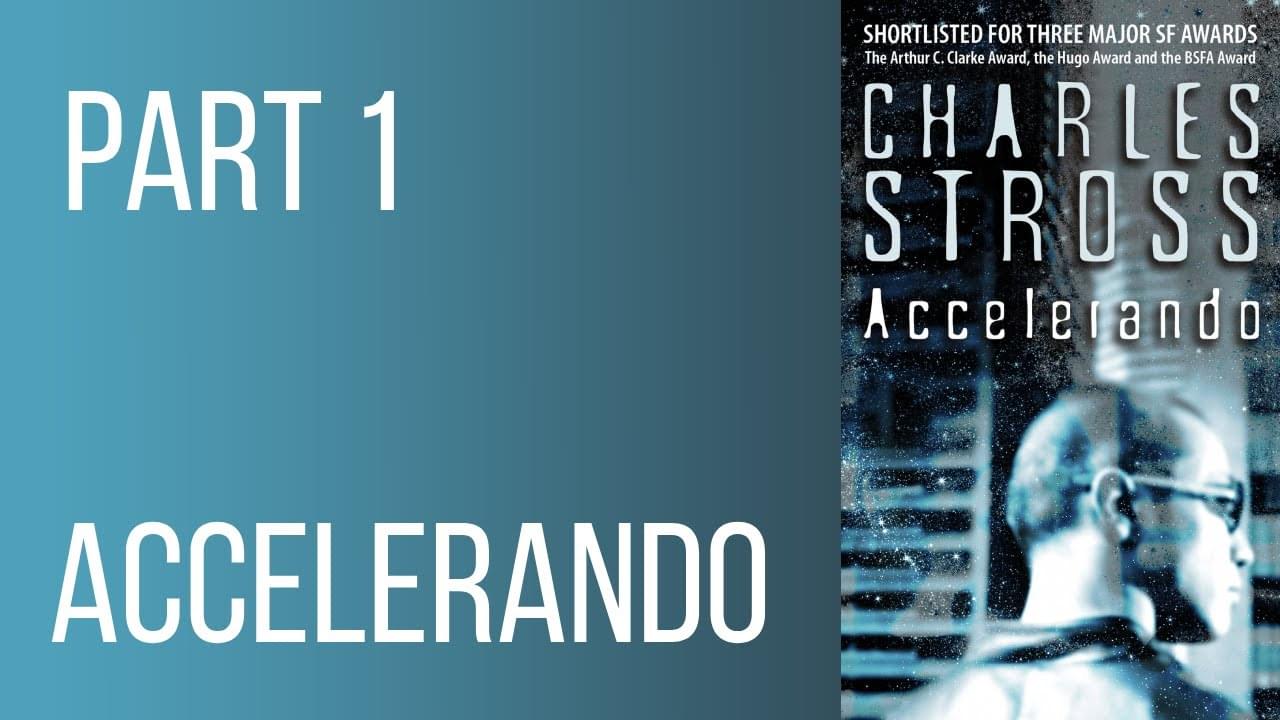Mar 26, 2024
How the brain’s GPS helps you know where you are
Posted by Shubham Ghosh Roy in category: neuroscience
Researchers show for the first time the role endocannabinoid signals play in living animals moving about in the environment.
Researchers show for the first time the role endocannabinoid signals play in living animals moving about in the environment.
A movie released to critical acclaim has now been met with intense backlash after fans discovered it included AI-generated images.
Written and directed by siblings Cameron and Colin Cairnes, “Late Night With the Devil,” is a horror movie starring David Dastmalchian as a 70s talk show host. Through found footage, it shows a once “lost” live TV broadcast on Halloween, in which the evening’s guest, a young girl, claims to be demonically possessed.
Critics and audiences alike have raved about the movie since it premiered at the SXSW film festival — but that goodwill proved to be short-lived. In a scathing and now viral review shared on Letterboxd, a user called out the movie for having AI “all over” certain sequences, garnering thousands of likes and inciting tons of fiery discourse on other social media platforms.

As well as normal hardback and paperback editions, it was released as a free e-book under the CC BY-NC-ND license. Accelerando won the Locus Award in 2006, and was nominated for several other awards in 2005 and 2006, including the Hugo, Campbell, Clarke, and British Science Fiction Association Awards.
The book is a collection of nine short stories telling the tale of three generations of a family before, during, and after a technological singularity. It was originally written as a series of novelettes and novellas, all published in Asimov’s Science Fiction magazine in the period 2001 to 2004. According to Stross, the initial inspiration for the stories was his experience working as a programmer for a high-growth company during the dot-com boom of the 1990s.
A hot potato: A lot of companies try to assuage fears that employees will lose their jobs to AI by assuring them they’ll be working alongside the tech, thereby improving efficiency and making their duties less tedious. That claim feels less convincing in light of a new survey that found 41% of managers said they are hoping to replace workers with cheaper AI tools in 2024.
A report by Beautiful.ai, which makes AI-powered presentation software, surveyed over 3,000 managers about AI tools in the workplace, how they’re being implemented, and what impact they believe these technologies will have.
The headline takeaway is that 41% of managers said they are hoping that they can replace employees with cheaper AI tools in 2024. This backs up previous reports that looked at potential jobs losses caused by generative AI, including one from September that predicted the technology would replace over 2 million US jobs by 2030. An earlier study claimed that generative AI could affect 300 million jobs globally.
OpenAI has given a number of directors, production companies, and creative agencies early access to its Sora text-to-video generator — and the results range from astonishing to downright terrifying.
Toronto-based multimedia production company Shy Kids used the next-generation generative AI tool to come up with a whimsical short film about “Air Head,” a man who has a balloon instead of a head.
The short film is an impressive example of the tech’s capabilities, showing off Sora’s striking ability to generate relatively believable and photorealistic video footage in response to a text prompt.
Besides personal emails from Meta’s chief, the company is offering jobs to candidates without interviewing them, The Information has reported.
A global collaborative research group comprising 131 researchers from 105 laboratories across seven countries has published a paper in eLife. The study identifies brain energy metabolism dysfunction leading to altered pH and lactate levels as common hallmarks in numerous animal models of neuropsychiatric and neurodegenerative disorders, such as intellectual disability, autism spectrum disorders, schizophrenia, bipolar disorder, depressive disorders, and Alzheimer’s disease.
PHILADELPHIA — Scientists at the University of Pennsylvania’s Perelman School of Medicine have developed a new method to create human artificial chromosomes (HACs) that could revolutionize gene therapy and other biotechnology applications. The study, published in Science, describes an approach that efficiently forms single-copy HACs, bypassing a common hurdle that has hindered progress in this field for decades.
Artificial chromosomes are lab-made structures designed to mimic the function of natural chromosomes, the packaged bundles of DNA found in the cells of humans and other organisms. These synthetic constructs have the potential to serve as vehicles for delivering therapeutic genes or as tools for studying chromosome biology. However, previous attempts to create HACs have been plagued by a major issue: the DNA segments used to build them often link together in unpredictable ways, forming long, tangled chains with rearranged sequences.
The Penn Medicine team, led by Dr. Ben Black, sought to overcome this challenge by completely overhauling the approach to HAC design and delivery. “The HAC we built is very attractive for eventual deployment in biotechnology applications, for instance, where large-scale genetic engineering of cells is desired,” Dr. Black explains in a media release. “A bonus is that they exist alongside natural chromosomes without having to alter the natural chromosomes in the cell.”

If it walks like a particle, and talks like a particle… it may still not be a particle. A topological soliton is a special type of wave or dislocation that behaves like a particle: it can move around but cannot spread out and disappear like you would expect from, say, a ripple on the surface of a pond. In a new study published in Nature, researchers from the University of Amsterdam demonstrate the atypical behavior of topological solitons in a robotic metamaterial, something which in the future may be used to control how robots move, sense their surroundings, and communicate.
Topological solitons can be found in many places and at many different length scales. For example, they take the form of kinks in coiled telephone cords and large molecules such as proteins. At a very different scale, a black hole can be understood as a topological soliton in the fabric of spacetime. Solitons play an important role in biological systems, being relevant for protein folding and morphogenesis – the development of cells or organs.
Continue reading “Breaking Physics: How Solitons Bend Time, Space, and Rules” »
Pushing for a higher speed isn’t just for athletes. Researchers, too, can achieve such feats with their discoveries. This is the case for Jinyang Liang, Professor at the Institut national de la recherche scientifique (INRS), and his team, whose research results have recently been published in Nature Communications.
